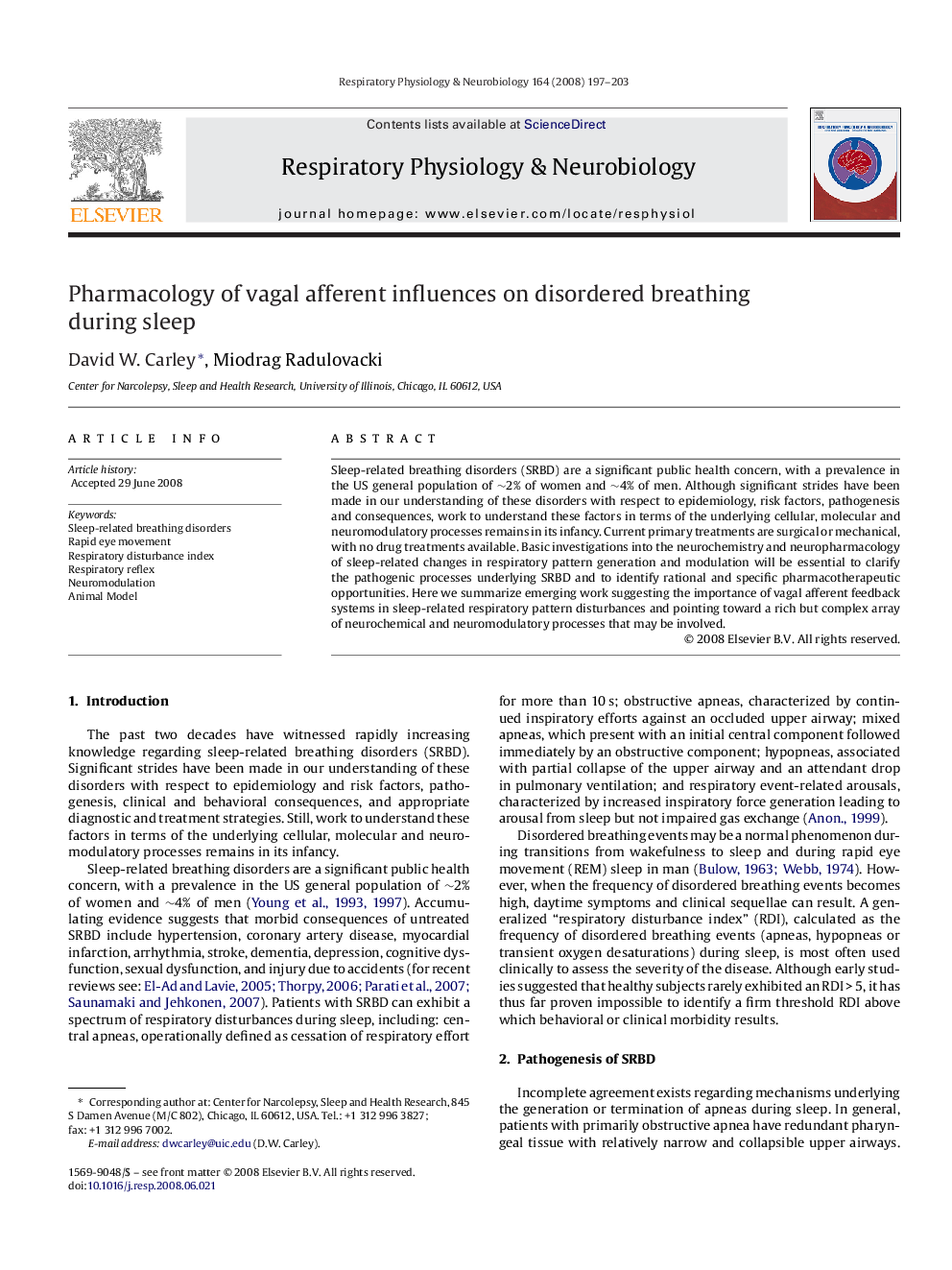| Article ID | Journal | Published Year | Pages | File Type |
|---|---|---|---|---|
| 2847954 | Respiratory Physiology & Neurobiology | 2008 | 7 Pages |
Sleep-related breathing disorders (SRBD) are a significant public health concern, with a prevalence in the US general population of ∼2% of women and ∼4% of men. Although significant strides have been made in our understanding of these disorders with respect to epidemiology, risk factors, pathogenesis and consequences, work to understand these factors in terms of the underlying cellular, molecular and neuromodulatory processes remains in its infancy. Current primary treatments are surgical or mechanical, with no drug treatments available. Basic investigations into the neurochemistry and neuropharmacology of sleep-related changes in respiratory pattern generation and modulation will be essential to clarify the pathogenic processes underlying SRBD and to identify rational and specific pharmacotherapeutic opportunities. Here we summarize emerging work suggesting the importance of vagal afferent feedback systems in sleep-related respiratory pattern disturbances and pointing toward a rich but complex array of neurochemical and neuromodulatory processes that may be involved.
